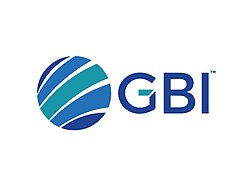This article contains promotional content .(May 2024) |
 | |
| Company type | Private |
|---|---|
| Industry | Telecommunications |
| Founded | 2008 |
| Headquarters | Level 2, Qatar Science & Technology Park Tech 1, , |
Area served | Middle East, Europe & Asia |
Key people |
|
| Services | Submarine Cable Operator |
| Website | www |
Gulf Bridge International (GBI) is the Middle East's first privately owned submarine cable system linking the countries bordering the Persian Gulf on a self-healing ring to each other and onward to Europe, Africa and Asia. [1] Gulf Bridge International (GBI) both owns and operates this submarine cable asset as a carrier's carrier as well as offering a full suite of wholesale transmission, IP capacity options, and Enterprise Services. Its main headquarters are located at the Qatar Science & Technology Park in Doha, Qatar.
Contents
The Gulf Bridge International Smart Network [2] is an international carrier-grade fibre-optic network that spans more than 40,000 kilometres (25,000 mi). It includes a mix of submarine cable systems and terrestrial infrastructure, with investments in 9 major subsea cable systems with 9 points-of-presence (PoPs) and 17 cable landings between London and Singapore. It offers scalable bandwidth options up to 100G with a design capacity of up to five terabits per second.